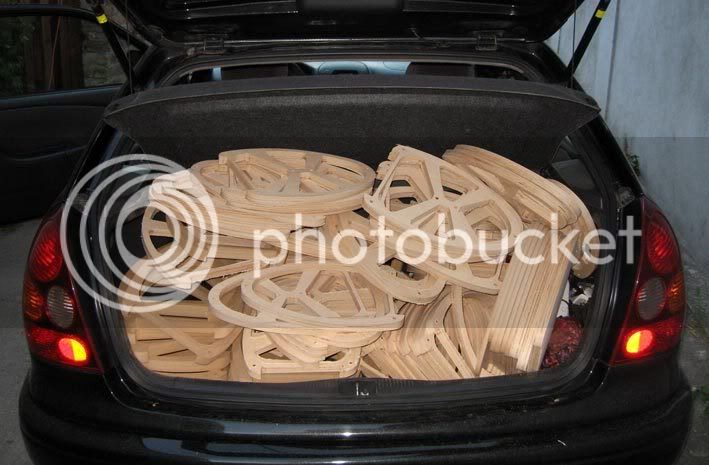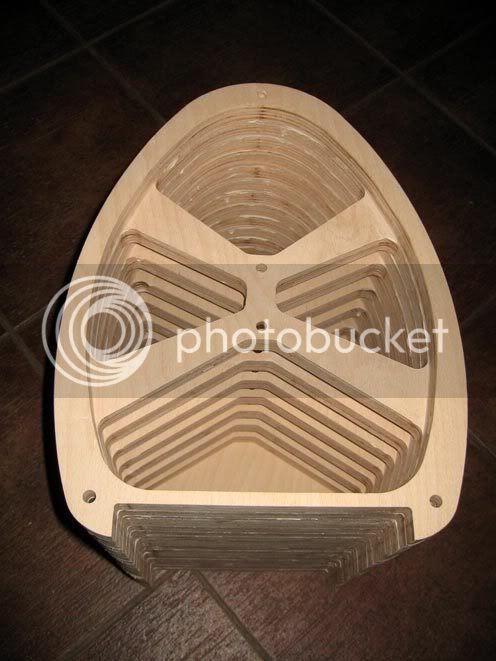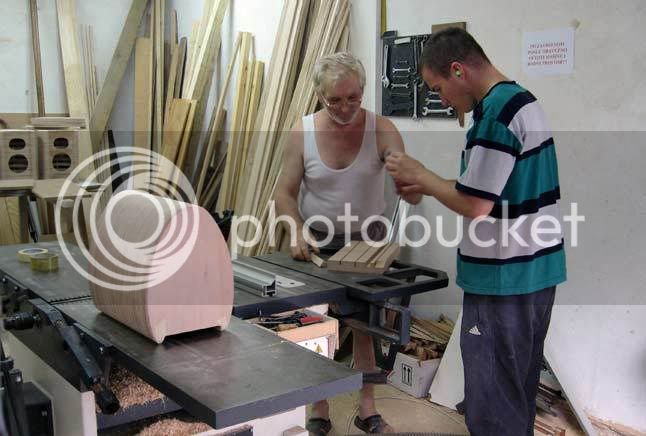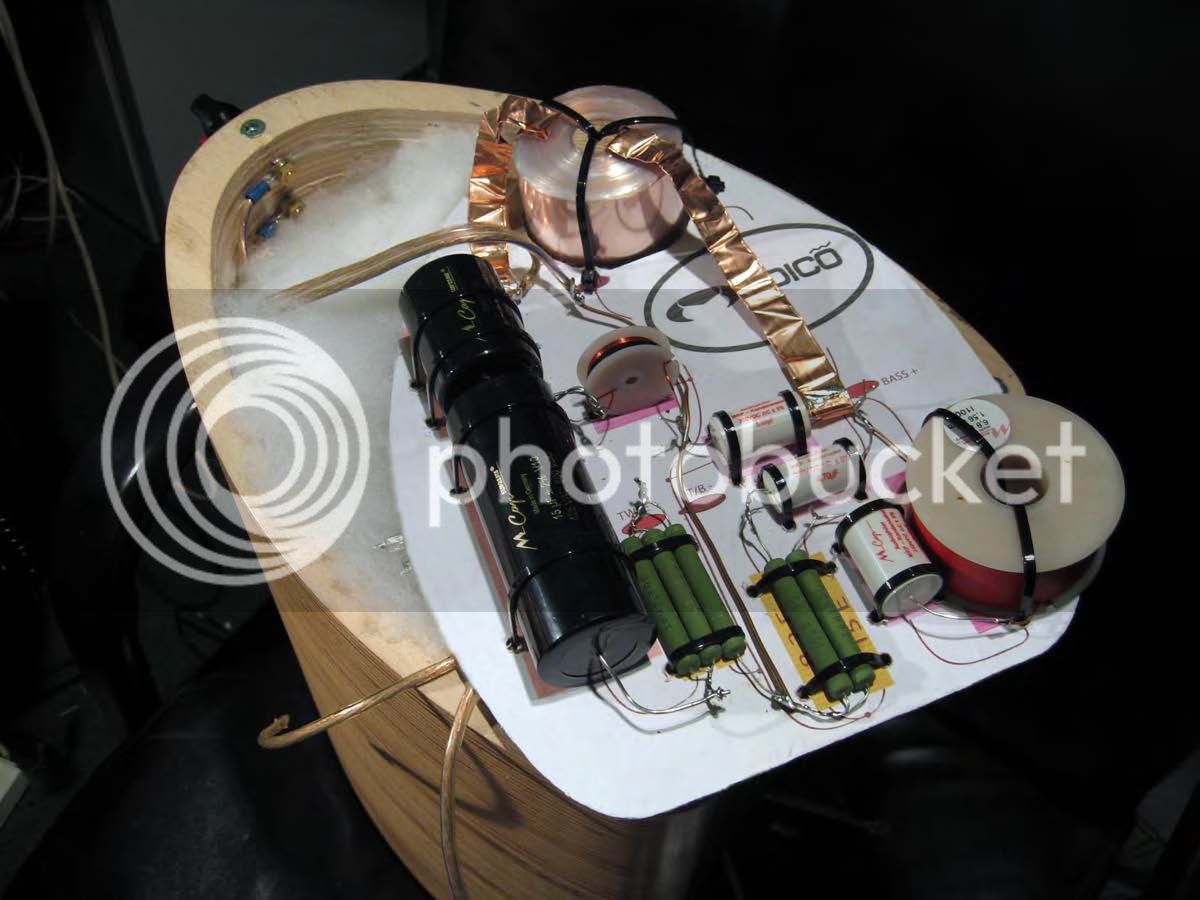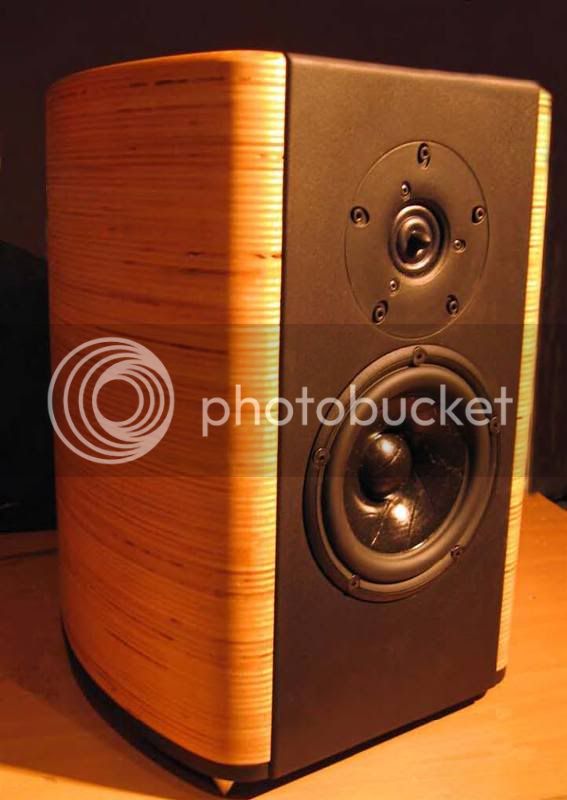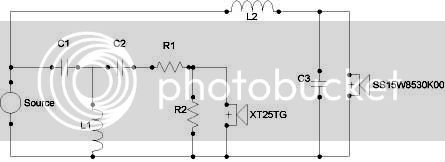burdij
Well-known member
It appears, in this case, that time alignment consists of moving the tweeter back in the cabinet by bolting the tweeter baffle onto the inside of the front baffle. Doesn't time alignment mean that all of the voice coils appear in the same plane? And I am curious how you would tune a sealed cabinet for best "impulse response". Perhaps he is using special "C37" lacquer on the wooden cores in his crossover networks, thus enhancing their performance by $2K - $3K.
For a passive crossover, if you use the Leap example on page 31 of the Madisound catalog (2.5KHz xover, 12db/octave) and select all the high end components (Hoviland, Solen, Goertz, etc.) this design would cost about $80 each.
For a passive crossover, if you use the Leap example on page 31 of the Madisound catalog (2.5KHz xover, 12db/octave) and select all the high end components (Hoviland, Solen, Goertz, etc.) this design would cost about $80 each.


































